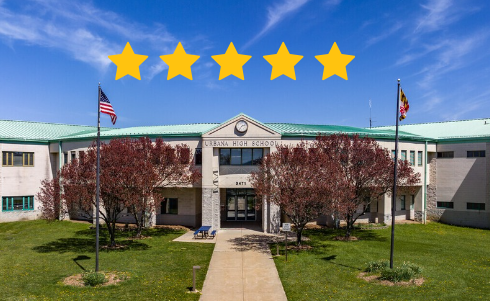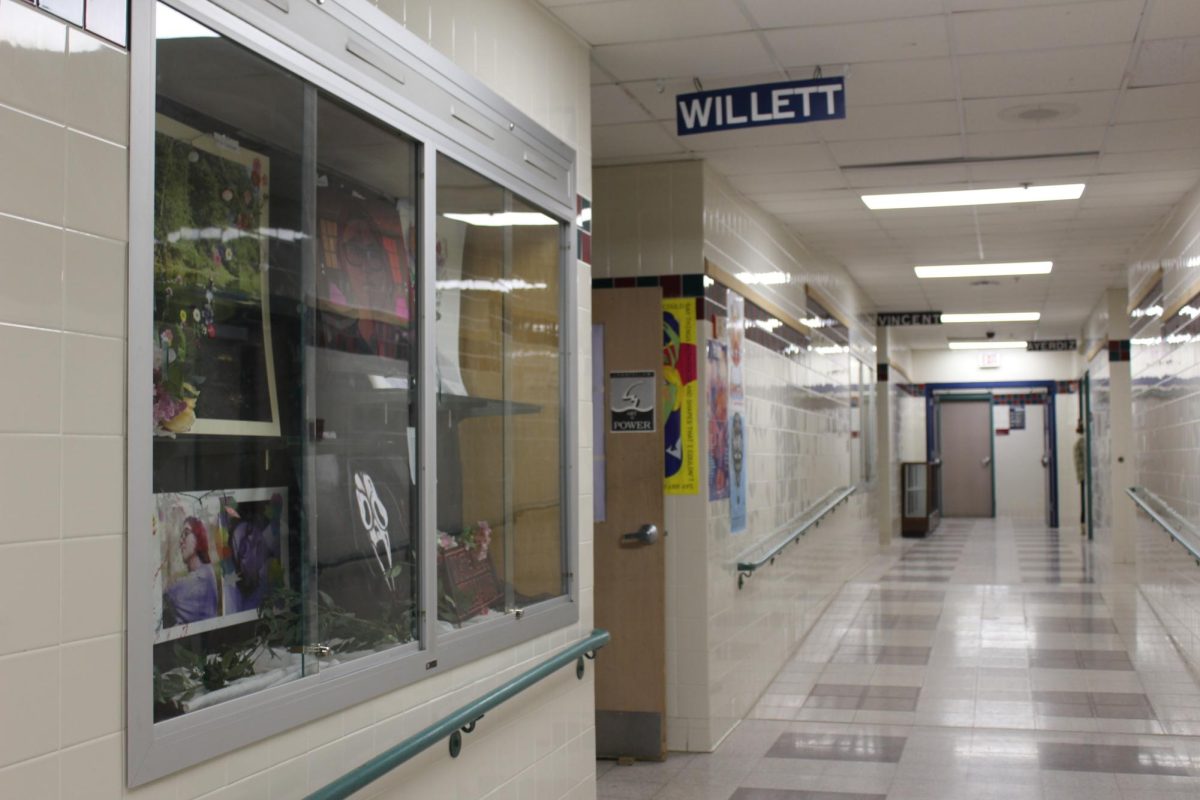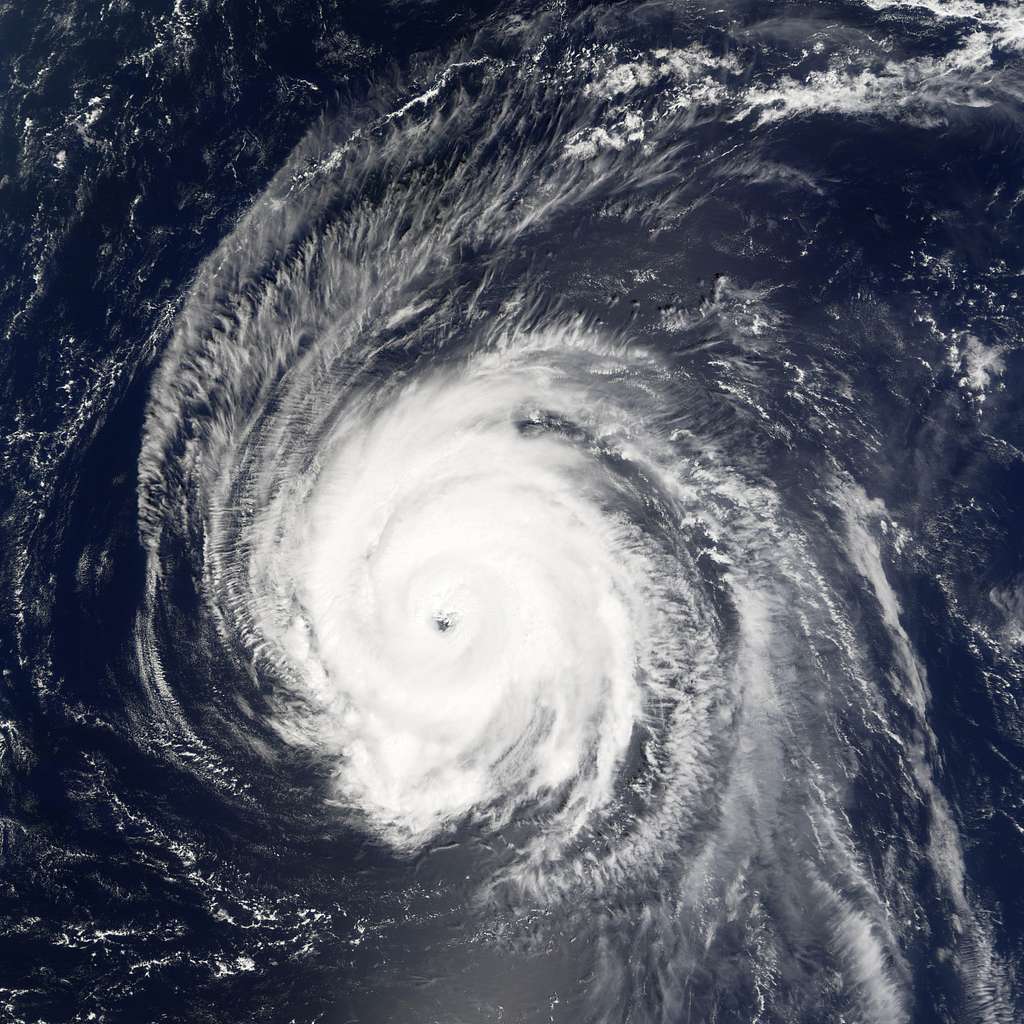Hurricane Helene emerged as one of the most significant weather events of this Atlantic hurricane season, impacting millions and destroying communities along the U.S. East Coast and beyond.
With its formation in late August and a duration spanning over two weeks, Helene presented a challenge to meteorologists and disaster response teams alike.
Hurricane Helene formed on August 27, 2024, in the Central Atlantic, becoming the eighth named storm of the season. It rapidly intensified, reaching hurricane status by August 30. Helene reached Category 4 strength on the Saffir-Simpson Hurricane Wind Scale, with maximum sustained winds of 130 mph (210 km/h) recorded on Sept. 3, 2024.
Helene’s trajectory took it northwestward, making landfall in Florida on Sept. 6 as a Category 3 hurricane, before gradually weakening as it moved northward along the Eastern Seaboard.
Hurricane Helene’s powerful winds and torrential rains caused extensive damage to residential properties. Many homes suffered significant structural damage, with roofs torn off, windows shattered, and floods that left entire neighborhoods underwater.
The aftermath saw thousands of residents displaced, as emergency services worked to assess the damage and provide shelter. The Federal Emergency Management Agency (FEMA) reported a sharp increase in assistance requests, highlighting the storm’s severe impact on local communities.
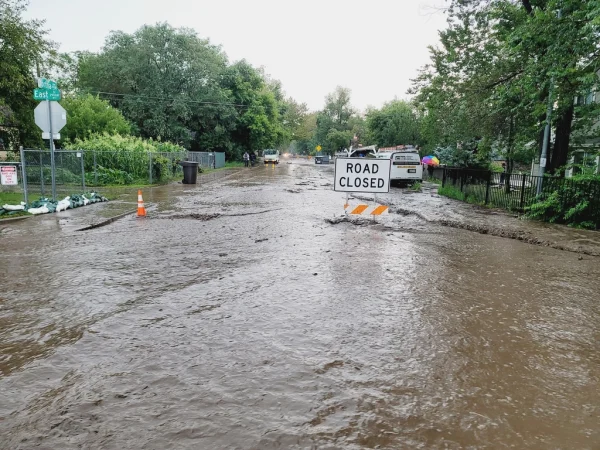
Climate change can be linked to the recent spike in the amount of hurricanes and the extreme damages caused. Environmental science teacher, McCook said “Climate change seems to be connected to increasing amounts of greenhouse gases in the atmosphere, not just carbon dioxide, but also methane and a few other culprits.”
The environmental toll of Hurricane Helene was very alarming. The intense rainfall led to flash flooding, soil erosion, and it threatened local wildlife habitats. Coastal wetlands, crucial for storm protection and biodiversity, were filled with saltwater, disrupting their delicate ecosystems. Additionally, the storm caused significant runoff, which carried debris and pollutants into rivers and oceans, harming marine life and water quality.
“I felt major concern for the needs of the people for just the bare necessities that they lost.” said Kaitlin Satterwhite (Class of 2025) after hearing about the damage Helene had caused.
In the wake of Hurricane Helene, recovery efforts began almost immediately. Local governments, alongside federal agencies and non-profit organizations, mobilized resources to assist affected residents in rebuilding.
Restoration initiatives focused on repairing homes and infrastructure, while environmental groups worked diligently to rehabilitate damaged ecosystems. Efforts included replanting native vegetation and implementing strategies to mitigate future flooding, aiming to bolster community resilience against future storms. “I am very thankful for the assistance that many volunteers are providing.” said Alaina Bowie (Class of 2025), who has many friends and family in North Carolina, an area heavily flooded by Helene.
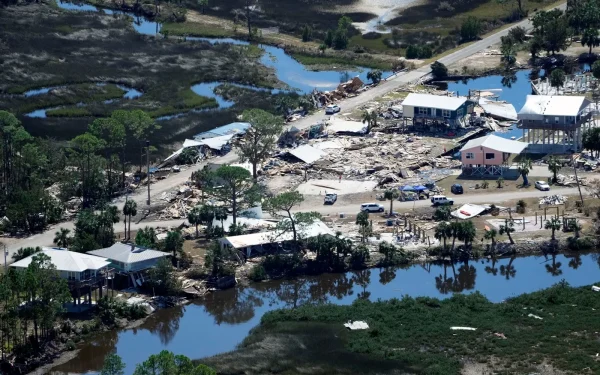
FEMA approved disaster relief for over 1 million residents, providing temporary housing and financial aid. More than 500 emergency shelters were also established across the affected states, accommodating over 100,000 evacuees at peak times. Power outages affected approximately 2.5 million customers, with utility companies reporting restoration of services to 90% of customers within a week.
There have also been local efforts to help with recovery and provide resources to those who have lost their homes and everything they own. State Senator Bill Folden, senator for District 4 in Maryland worked to get supplies down to North Carolina to help those who have lost everything.
“Our North Carolina Relief delivery efforts were to Asheville and the Swannanoa community. We left Sunday at 5:20 a.m. and traveled nine hours to get these much needed supplies to the United Way in a safe storage location for distribution.” said Folden about the trip. These supplies contained canned goods, diapers, clothes, and more.
There were also 45 members from the Maryland Task Force-1 Urban Rescue Team who spent 12 days in NC assisting with search, rescue and recovery.
Even with the amount of recovery and prep for this disaster, many people across the southern United States were not very lucky. As of Oct. 4, 2024 the death toll had risen to over 200 lost.
Hurricane Helene serves as a tragic reminder of the threats facing both human and natural systems due to increasingly severe weather events. As communities reflect on the devastation brought by this hurricane, the focus on new prevention and sustainability practices will be severely important in protecting human lives and ecosystems against the storms of the future.







